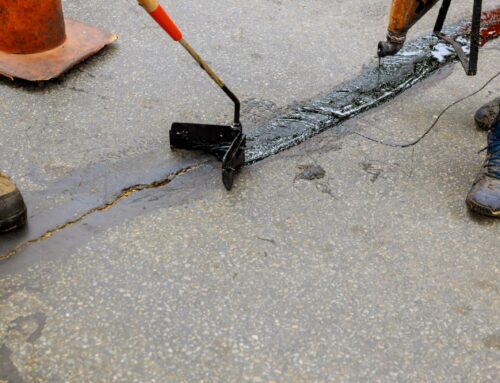With an area as vast as the Roman Empire, there was need to keep the far reaches connected and under control. With the technology available at the time, the solution was there: ROADS. The importance of Rome when it comes to the history of roads can be seen not so much in the evolution of the construction of the road itself, but the expansion of them into a massive network. It was an early highway system spread out all over Europe and the Mediterranean. At the apotheosis of this network, there was about 30 military highways, and almost 400 great roads., totally over 400,000 kilometers of roads, with almost 50,000 miles of them being stone paved.
The roads had three distinct constructions, Via Terrena, Via Glareata, and Via Munita. The first of these types, the Via Terrena was a simple plain road made of level dirt.Via Glaretas were the next step up, being made of level dirt, but done with a gravel surface. The Via Munita was a paved road, featuring rectangular blocks of stone or polygonal blocks of lava. The major roads were accompanied by footpaths and drainage ditches. The Roman approach was organized and thoughtful. All of these in conjunction covered the Roman Empire in a web of roadway.
Millennia later and some of these roads are still in use, that is just how well engineered and designed these roadway were. Next time, we will make a big jump and find blog in the Industrial Age



